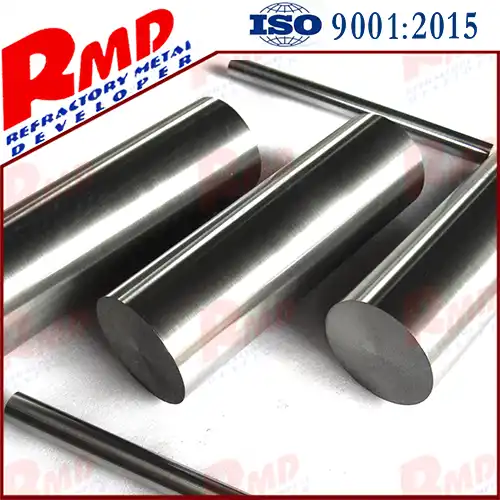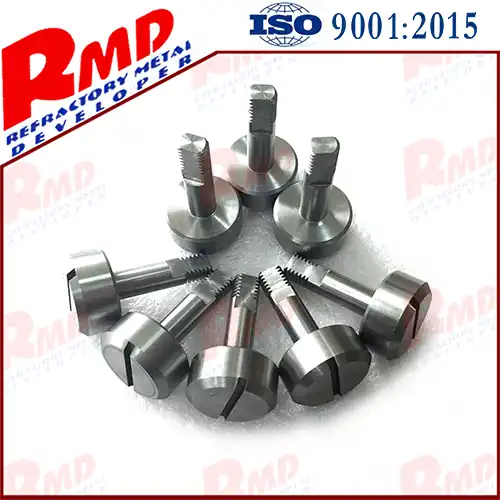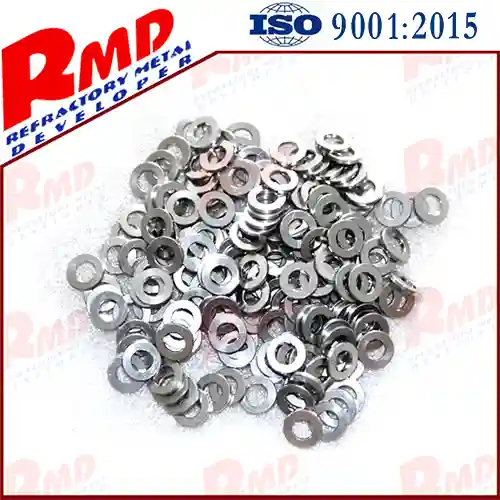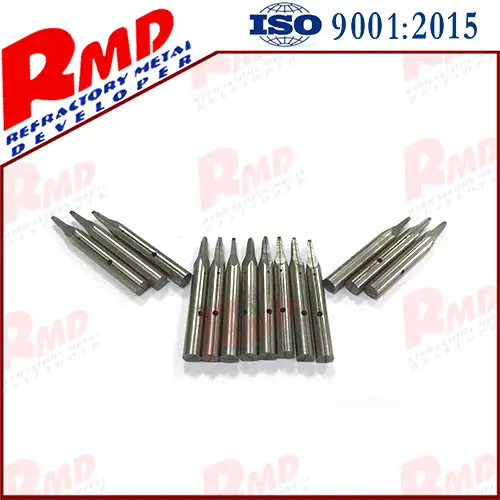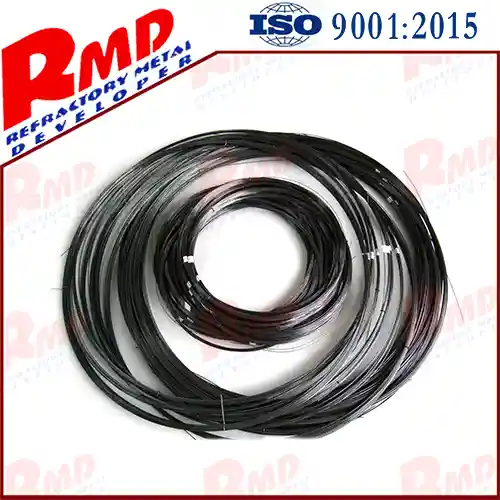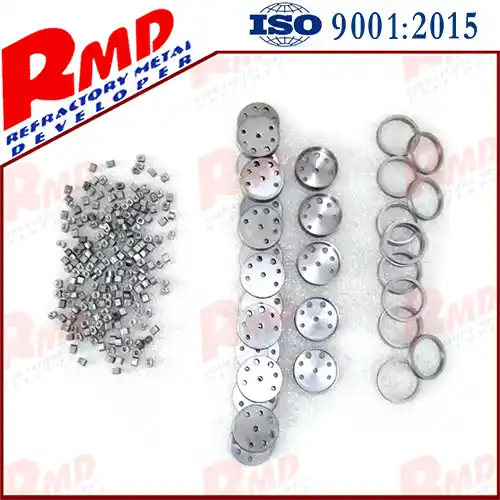- English
- French
- German
- Portuguese
- Spanish
- Russian
- Japanese
- Korean
- Arabic
- Greek
- German
- Turkish
- Italian
- Danish
- Romanian
- Indonesian
- Czech
- Afrikaans
- Swedish
- Polish
- Basque
- Catalan
- Esperanto
- Hindi
- Lao
- Albanian
- Amharic
- Armenian
- Azerbaijani
- Belarusian
- Bengali
- Bosnian
- Bulgarian
- Cebuano
- Chichewa
- Corsican
- Croatian
- Dutch
- Estonian
- Filipino
- Finnish
- Frisian
- Galician
- Georgian
- Gujarati
- Haitian
- Hausa
- Hawaiian
- Hebrew
- Hmong
- Hungarian
- Icelandic
- Igbo
- Javanese
- Kannada
- Kazakh
- Khmer
- Kurdish
- Kyrgyz
- Latin
- Latvian
- Lithuanian
- Luxembou..
- Macedonian
- Malagasy
- Malay
- Malayalam
- Maltese
- Maori
- Marathi
- Mongolian
- Burmese
- Nepali
- Norwegian
- Pashto
- Persian
- Punjabi
- Serbian
- Sesotho
- Sinhala
- Slovak
- Slovenian
- Somali
- Samoan
- Scots Gaelic
- Shona
- Sindhi
- Sundanese
- Swahili
- Tajik
- Tamil
- Telugu
- Thai
- Ukrainian
- Urdu
- Uzbek
- Vietnamese
- Welsh
- Xhosa
- Yiddish
- Yoruba
- Zulu
Metallurgical Process Of Molybdenum Concentrate
2024-01-05 18:00:06
The following methods are used to smelt molybdenum concentrate.
Oxidation roasting: molybdenumroast is obtained by roasting molybdenite, then molybdenum trioxide is prepared by sublimation or wet method. Ammonium molybdate is produced when ammonia leaching into the solution and separated from insoluble substances. Ammonium molybdate crystals were obtained by concentrated crystallization , and molybdic acid precipitation was formed by acidification and acidification, thus separating from soluble impurities. After two calcination, pure molybdenum trioxide is produced and then metal molybdenum is produced by hydrogen reduction. According to the different roasting equipment or adding components, the method can be divided into rotary kiln roasting process, reverberatory furnace roasting process, multi-hearth furnace roasting process, fluidized bed roasting process and flash furnace roasting process. This method will produce a lot of flue gas, pollute the environment, and the recovery rate of molybdenum is low. The rare element rhenium almost all runs away with the flue gas, which is not suitable for treating low-grade ores and complex ores.
Nitric acid leaching method: MOS2 is oxidized to soluble molybdate in autoclave. This method mainly consumes cheap oxidant - air or pure oxygen. This method requires high temperature and high pressure, high requirement for reaction equipment, reliable reaction conditions, difficult production technology, difficult to control the process conditions of leaching process, and there are some potential safety hazards in the production process. At present, this method has been suspended in China.
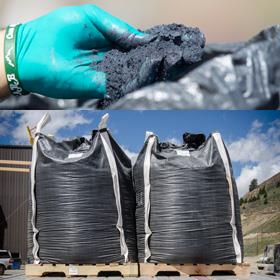
The sodium hypochlorite leaching method is mainly used to deal with the leaching of low taste middling and tailings. In the process of oxidative leaching, sodium hypochlorite itself will decompose slowly to precipitate oxygen, and some other metal sulfides will be oxidized by sodium hypochlorite. The ion hydroxides of these metals will produce molybdate precipitation with molybdate radicals, which will promote molybdenum in the solution to return to the slag. The method has mild reaction conditions, easy control of production and low requirement for equipment, but high consumption of sodium hypochlorite leads to high production cost.
more information about molybdenum
